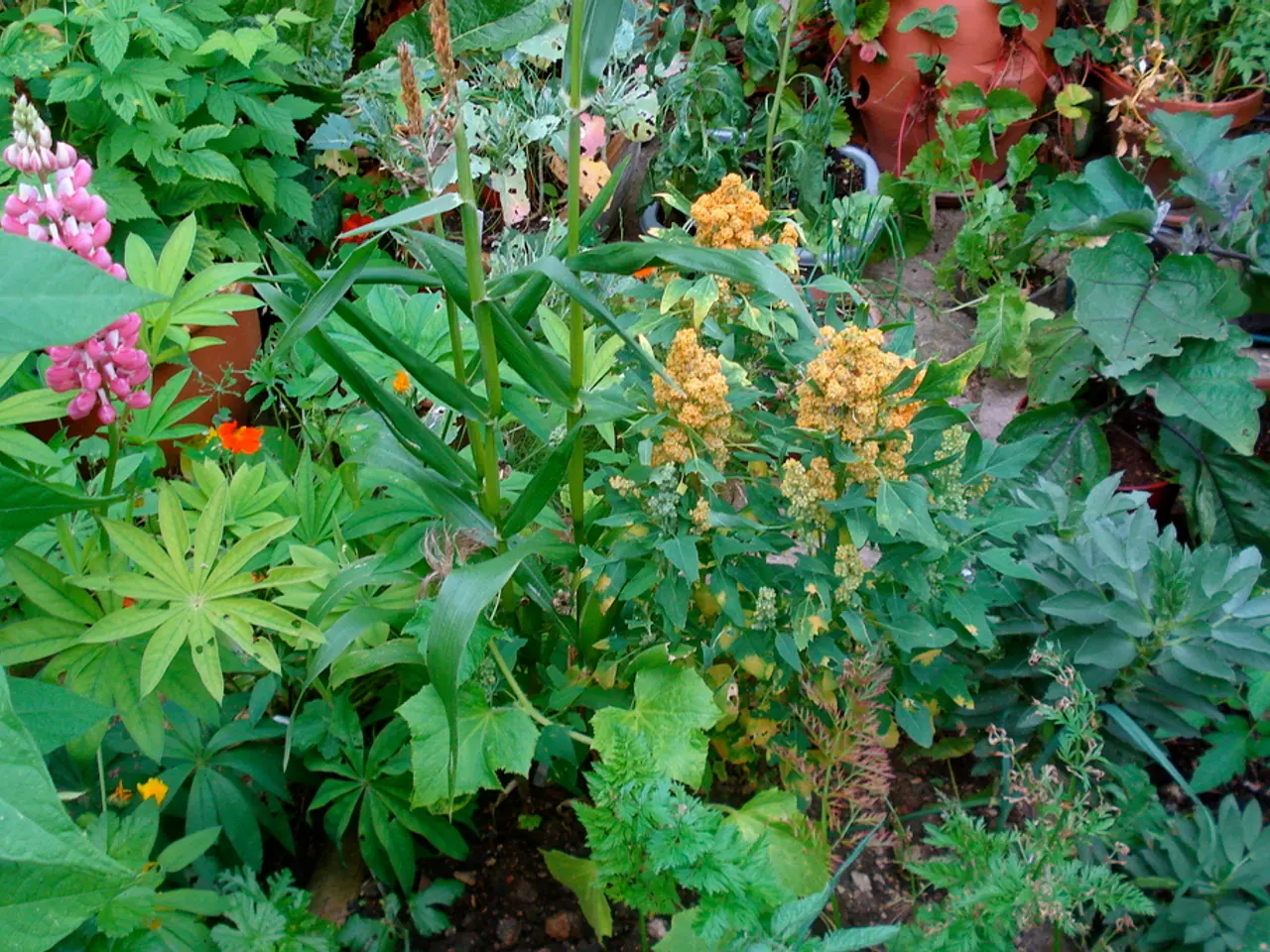Care and Growing Instructions for Calathea Zebrina Plant
The Calathea Zebrina, also known as Goeppertia zebrina, is a popular houseplant known for its striking, velvety leaves striped in dark and fluorescent green. This plant is primarily grown for its foliage, as it has infrequent and insignificant flowering indoors.
Light
Thrive in bright to medium indirect sunlight, tolerating low light but avoiding direct sun that can scorch leaves.
Water
Require consistently high moisture. Water frequently to keep soil moist but not soggy, watering when the top 1–2 inches of soil are dry.
Humidity
Prefers high humidity, typical of tropical environments. Regularly mist leaves or use a humidifier to maintain humidity levels between 60-80%.
Temperature
Keep in warm indoor temperatures, sensitive to frost and cold drafts, so avoid exposure to temperatures below about 15°C (59°F).
Soil
Use well-draining, slightly acidic soil that retains moisture without waterlogging. A homemade soil mixture of 2 parts peat moss, 1 part loam, and 2 parts sand or perlite works well.
Fertilizer
Feed during the growing season (spring and summer) with a balanced, diluted houseplant fertilizer according to package instructions.
Pruning
Remove yellow or damaged leaves to encourage healthy growth, helping maintain the plant's appearance and vitality.
Repotting
Repot when root-bound, typically every 1–2 years in spring, using fresh soil mix. Choose a slightly larger pot to encourage growth.
Overwintering
Maintain warmer temperatures and humidity during cooler months, reducing watering frequency slightly but avoiding letting soil dry out completely.
Problems
Susceptible to low humidity causing leaf curl and browning. Overwatering can lead to root rot. Keep foliage dry to avoid fungal diseases.
Pests
Watch for spider mites, aphids, mealybugs, and scale. Treat infestations promptly with insecticidal soap or neem oil.
Propagation
Propagate by division during repotting—gently separate rhizomes with roots and plant separately. This method assures new plants with the same foliage traits. Calathea can also be propagated with stem cuttings.
Varieties
While specific varieties of C. zebrina are limited, the genus Goeppertia includes many diverse decorative-leaved species.
Plant Information
Native to Brazil, Calathea Zebrina is an evergreen perennial. It does not need repotting very often due to its slow growth rate. With proper care, it can take up to a month for roots to grow from stem cuttings.
Sun Exposure
Prefer part to full shade.
Hardiness Zones
USDA 11-12.
Botanical Name
Goeppertia zebrina, previously Calathea zebrina.
Native Region
Brazil.
Soil Requirements
Well-draining, peaty.
Growth Rate
Fast.
Flowering
Infrequent and insignificant indoors.
Drought Tolerance
Low. Avoid drought.
Pest Susceptibility
Susceptible to aphids, mealybugs, scale, and spider mites.
Given the text, here are the sentences containing the words 'lifestyle', 'home-and-garden', and 'gardening':
- The Calathea Zebrina is a popular houseplant in home-and-garden settings, often grown for its stunning foliage as a decorative addition to one's lifestyle.
- Many garden enthusiasts enjoy the challenge of propagating Calathea Zebrina through stem cuttings, adding a touch of gardening curiosity to their home-and-garden lifestyle.




